HyperOS 2.0 vs Oxygen OS 15: Discover the ultimate HyperOS 2.0 vs Oxygen OS 15 Comparison, featuring detailed insights into features, performance, customization, and updates. Learn which OS is best for your smartphone experience in this in-depth review.
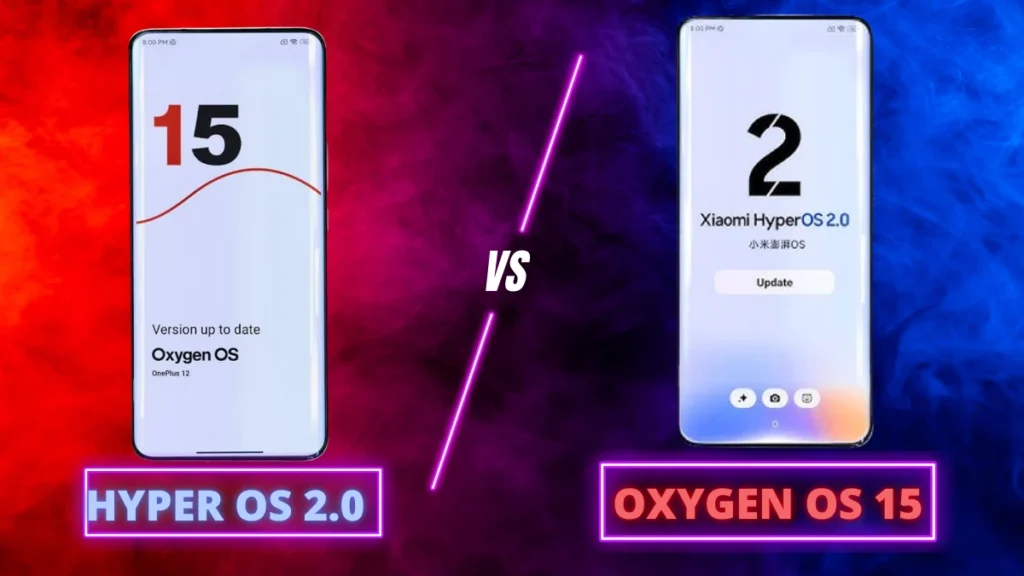
As smartphone users demand more customization, better performance, and frequent updates, HyperOS 2.0 vs Oxygen OS 15 stand out as two of the most advanced Android-based operating systems. While Xiaomi’s HyperOS 2.0 builds on its previous MIUI with significant changes, OnePlus’s OxygenOS 15 offers a refined experience with feature-packed updates. This comprehensive comparison will help you decide which operating system is the better choice for your smartphone experience.
Table of Contents
HyperOS 2.0 vs Oxygen OS 15 Comparison
| Feature | HyperOS 2.0 | Oxygen OS 15 |
|---|---|---|
| User Interface | Dynamic, visually engaging with advanced animations | Clean, minimalist, performance-driven |
| Customization | Highly customizable with themes and lock screen styles | Supports third-party icon packs and custom widgets |
| Performance | Optimized for flagships, slower on budget devices | Fast and responsive on all devices |
| Software Updates | Slower global rollout, frequent China updates | Regular and timely updates worldwide |
| AI Features | AI-powered note formatting, translations, photo editing | AI-powered photo enhancement, text expansion |
| Lock Screen & AOD | Extensive customization with multiple themes | Stylish but limited lock screen customization |
| Interconnectivity | Xiaomi Ecosystem Sync, call & network sharing | OnePlus Synergy, file sharing, and ecosystem sync |
User Interface and Animations
When comparing HyperOS 2.0 vs Oxygen OS 15, the first noticeable difference is the user interface (UI) and animations. Xiaomi has gone all-in with fluid animations, adding dynamic effects when launching and closing apps. Apps shrink back into their icons with smooth transitions, creating a polished visual experience.
On the other hand, Oxygen OS 15 focuses on speed and responsiveness. While animations are less elaborate, they are faster, ensuring a snappy feel. App switching, multitasking, and navigation feel more responsive on OnePlus devices, making them ideal for power users who value efficiency over aesthetics.
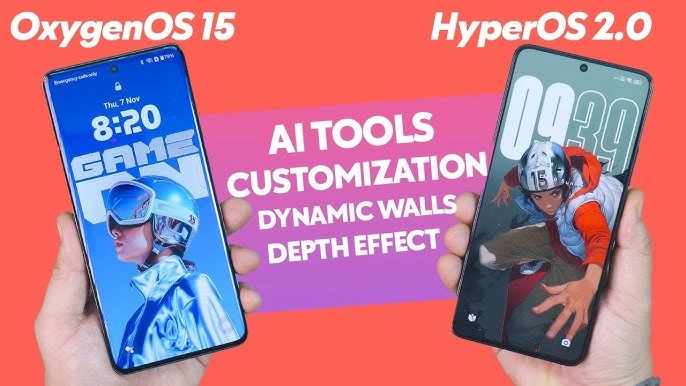
Notifications and Quick Settings
Both operating systems have split notification management, making it easier to access notifications and settings. In HyperOS 2.0, swiping down from the left side opens notifications, while swiping from the right brings up Quick Settings with dynamic flow animations. This animation-based design feels more engaging than the simpler notification shade in Oxygen OS 15.
In OxygenOS 15, notifications are displayed with pill-shaped icons for better readability. It lacks the dynamic animations of HyperOS but compensates with clear, organized notifications that prioritize functionality.
Home Screen Customization
Customization is a core strength in both operating systems. HyperOS 2.0 vs Oxygen OS 15 Comparison reveals significant differences in how customization is handled:
- Icon Packs and App Drawer: OxygenOS 15 offers extensive support for third-party icon packs, while HyperOS 2.0 sticks to its own ecosystem.
- Widgets and Folders: HyperOS allows advanced customization of widgets with custom fonts and layout styles. OxygenOS also supports large folders, but customization options are slightly limited.
- Theming and Personalization: Both OSs provide rich theming options, with OxygenOS offering Flux Themes and HyperOS providing unique lock screen categories.
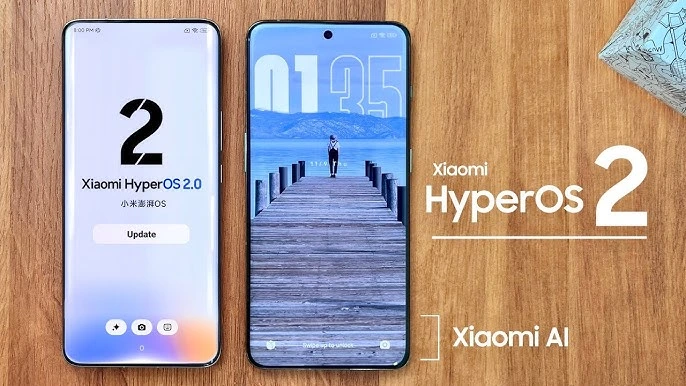
Lock Screen and Always-On Display (AOD)
When it comes to AOD and lock screen customization, HyperOS 2.0 takes the lead with highly customizable options. Its categories include “People,” “Scenery,” and “Eastern Aesthetic,” allowing for creative personalization. Users can display weather details, system information, and custom messages.
Oxygen OS 15, while offering themes like Flux, lacks this level of customization. However, its AOD designs still look modern and functional, making it a strong competitor.
Visual Design Elements
HyperOS 2.0 vs Oxygen OS 15 Comparison highlights key design differences:
- Rounded Edges and Pill Shapes: OxygenOS adopts a more rounded design, similar to Samsung’s One UI.
- App Layouts and Settings: HyperOS features visually engaging app layouts with better depth effects, making it more visually appealing.
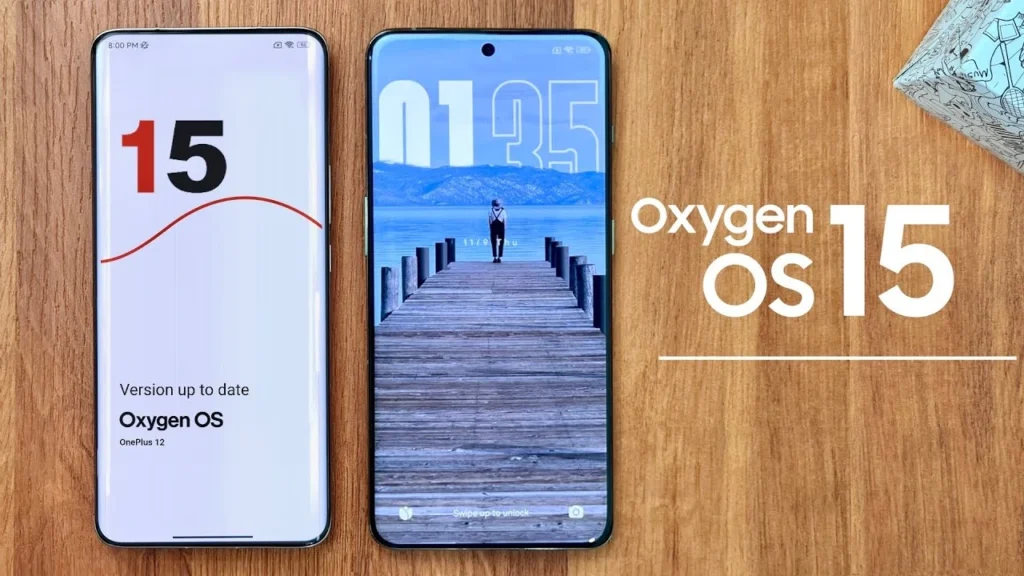
App Design and System Settings
Both operating systems excel in app design and settings organization. HyperOS 2.0 organizes settings into easy-to-navigate categories, while Oxygen OS 15 features a clean, minimalist approach. The system settings layout in both OSs is intuitive, ensuring users can find features quickly.
New and Unique Features
- Live Alerts: OxygenOS 15 introduced Live Alerts, offering real-time updates similar to Apple’s Live Activities. HyperOS lacks this feature but compensates with custom widgets and app animations.
- Custom Wallpapers: Xiaomi’s HyperOS supports advanced wallpaper customization with unique themes and live backgrounds.
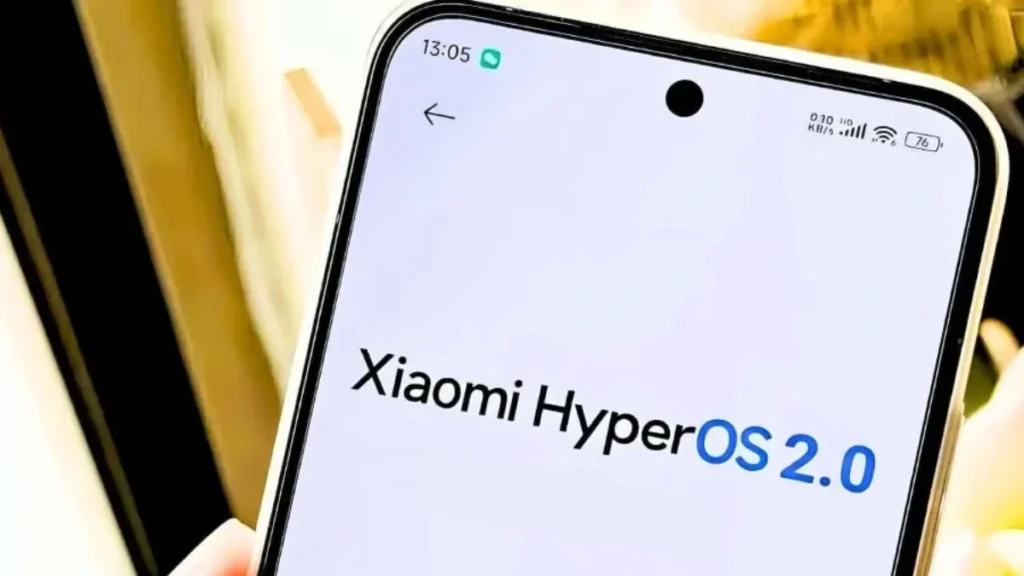
Interconnectivity and Ecosystem Integration
Both ecosystems excel in device interconnectivity:
- Xiaomi’s Ecosystem: Includes Call Sync, Network Sync, Clipboard Sync, and device management across all Xiaomi products.
- OnePlus Synergy: Provides cross-device syncing and file sharing for a seamless OnePlus experience.
AI Features and Tools
- AI Enhancements in HyperOS 2.0: Includes AI-powered note formatting, AI Translate, and advanced gallery tools like AI Eraser Pro.
- OxygenOS AI Features: OxygenOS 15 offers similar AI tools, including AI-based photo editing, content polishing, and AI-powered text expansion.
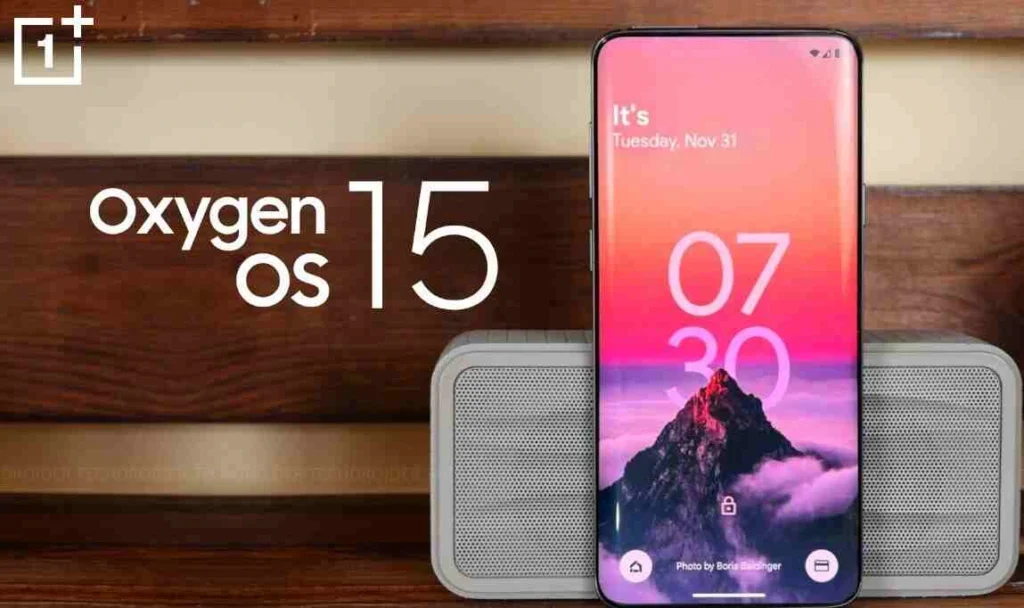
Performance and Stability
- App Launch Speed: OxygenOS 15 feels more optimized, offering faster app launches and smoother multitasking.
- System Responsiveness: HyperOS 2.0 excels in visual performance but might be less snappy on mid-range devices.
Software Updates and Rollout
OnePlus is known for timely updates, while Xiaomi has been slower with its global rollouts. OxygenOS 15 delivers updates more consistently, making it a better option for long-term software support.
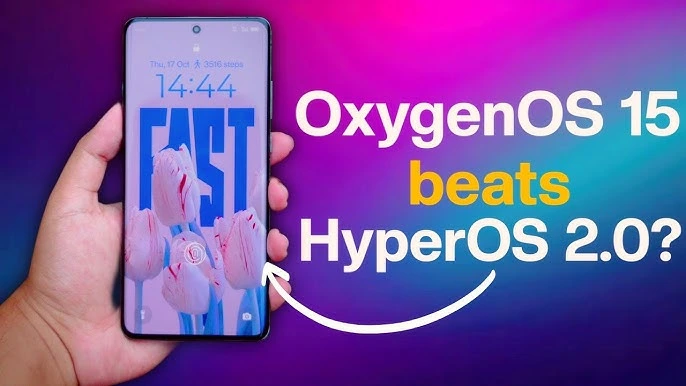
Conclusion: HyperOS 2.0 vs Oxygen OS 15 Comparison
HyperOS 2.0 vs Oxygen OS 15 Comparison reveals strengths in both platforms. HyperOS 2.0 leads in customization, animations, and aesthetics, while Oxygen OS 15 excels in performance, speed, and timely updates. Choose based on your priorities: creative customization or efficient performance.
FAQs: HyperOS 2.0 vs Oxygen OS 15 Comparison
- Which OS has better customization options? HyperOS 2.0.
- Is HyperOS 2.0 good for budget phones? It’s better on flagships.
- Which updates faster? OxygenOS 15.
- Which OS has better AI tools? OxygenOS 15.
- Best for gaming? OxygenOS 15.
HyperOS 2.0 vs Oxygen OS 15, HyperOS 2.0 vs Oxygen OS 15 Comparison, HyperOS 2.0 features, Oxygen OS 15 performance, Android 15 updates, smartphone OS comparison, Oxygen OS customization, HyperOS 2.0 personalization, Android OS features, best smartphone OS
Thank You for visiting Tech Uplifter!
Don’t forget to Subscribe to our Official Newsletter for latest updates.

